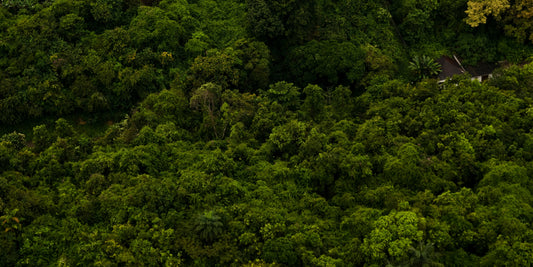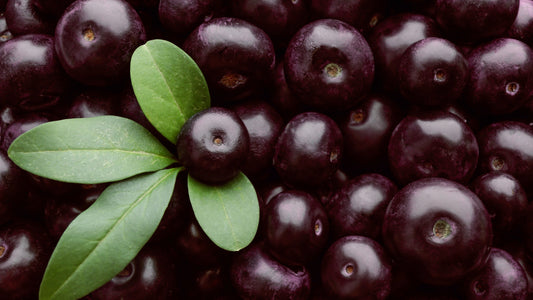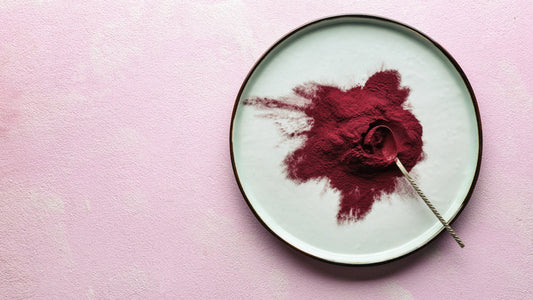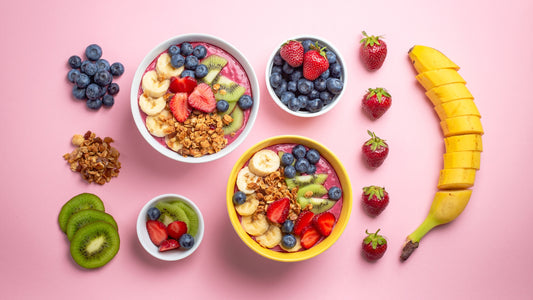Lyophilization, also known as freeze-drying, is a process used to preserve perishable materials, such as food, medicine, and biological samples, by removing water from them. It's a popular technique because it can extend the shelf life of these products without affecting their quality.
But how does it work? Let's break it down:
Step 1: Freezing The first step of lyophilization is to freeze the material. This is done by placing it in a freezer or using liquid nitrogen. The goal is to solidify the water in the material, turning it into ice.
Step 2: Primary Drying Once the material is frozen, it's placed in a vacuum chamber. The pressure in the chamber is lowered, and heat is applied to the material. This causes the ice to turn directly into water vapor, bypassing the liquid phase. This process is called sublimation.
Step 3: Secondary Drying While most of the water is removed during primary drying, there may still be some remaining. The material is then heated slightly to remove any remaining water molecules. This process is called desorption.
The end result is a dry material that can be stored for long periods without the need for refrigeration.
Lyophilization is used in many industries, including pharmaceuticals, biotechnology, and food. It's particularly useful for products that are sensitive to heat, moisture, or oxygen, as it preserves their quality and stability.
In conclusion, lyophilization is a powerful preservation technique that involves freezing a material and then removing water through sublimation and desorption. It's a popular method because it can extend the shelf life of many products while maintaining their quality.






